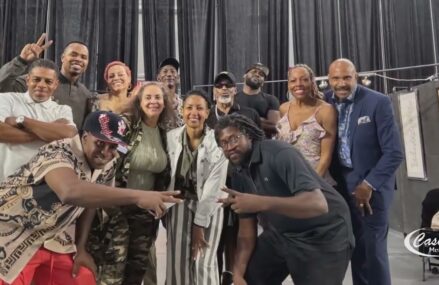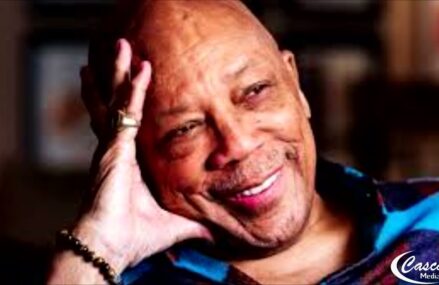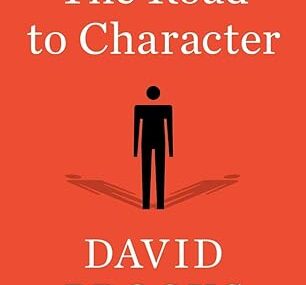Bebop was known as the first modern jazz style. However, it was unpopular in the beginning and was not viewed as positively as swing music was. Bebop was seen as an outgrowth of swing, not a revolution. Swing introduced a diversity of new musicians in the bebop era like Charlie Parker, Thelonious Monk, Bud Powell, Kenny Clarke, Oscar Pettiford, and Gillespie. Through these musicians, a new vocabulary of musical phrases was created. With Parker, Gillespie jammed at famous jazz clubs like Minton’s Playhouse and Monroe’s Uptown House. Parker’s system also held methods of adding chords to existing chord progressions and implying additional chords within the improvised lines
Gillespie compositions like “Groovin’ High”, “Woody ‘n’ You”, and “Salt Peanuts” sounded radically different, harmonically and rhythmically, from the swing music popular at the time. “A Night in Tunisia”, written in 1942, while he was playing with Earl Hines’ band, is noted for having a feature that is common in today’s music: a syncopated bass line.[21] “Woody ‘n’ You” was recorded in a session led by Coleman Hawkins with Gillespie as a featured sideman on February 16, 1944 (Apollo), the first formal recording of bebop. He appeared in recordings by the Billy Eckstine band and started recording prolifically as a leader and sideman in early 1945. He was not content to let bebop sit in a niche of small groups in small clubs. A concert by one of his small groups in New York’s Town Hall on June 22, 1945, presented bebop to a broad audience; recordings of it were released in 2005. He started to organize big bands in late 1945. Dizzy Gillespie and his Bebop Six, which included Parker, started an extended gig at Billy Berg’s club in Los Angeles in December 1945. The reception was mixed and the band broke up. In February 1946 he signed a contract with Bluebird, gaining the distribution power of RCA for his music. He and his big band headlined the 1946 film Jivin’ in Be-Bop.[22]
Gillespie performing in 1955
After his work with Parker, Gillespie led other small combos (including ones with Milt Jackson, John Coltrane, Lalo Schifrin, Ray Brown, Kenny Clarke, James Moody, J.J. Johnson, and Yusef Lateef) and put together his successful big bands starting in 1947. He and his big bands, with arrangements provided by Tadd Dameron, Gil Fuller, and George Russell, popularized bebop and made him a symbol of the new music.[23]
His big bands of the late 1940s also featured Cuban



